Tag
#Momentum Dynamics
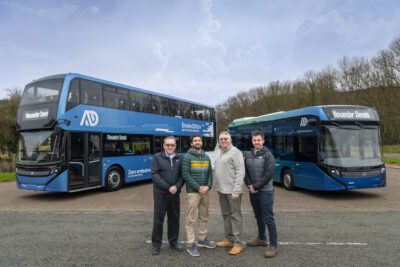
ADL will deliver 33 electric buses to Seattle
13.02.2024
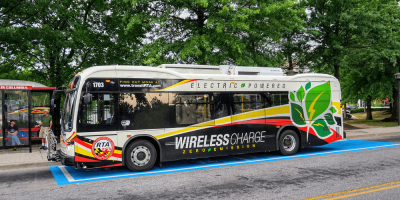
Wireless charging halves e-bus operating cost for Link Transit
23.06.2022
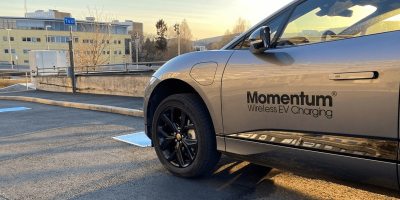
Momentum Dynamics presents inductive charging system with two power classes
06.05.2022

Volvo tests inductive charging in Gothenburg
04.03.2022
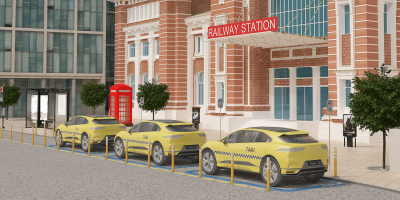
Momentum Dynamics picks up steam on inductive charging
13.01.2022

Momentum installs wireless charging for buses at Kansas City Airport
02.01.2022
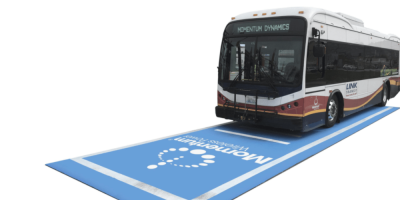
Wireless charging corridor gains Momentum
18.10.2021
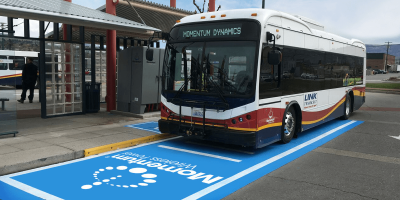
Momentum delivers 300 kW inductive charging
14.07.2021
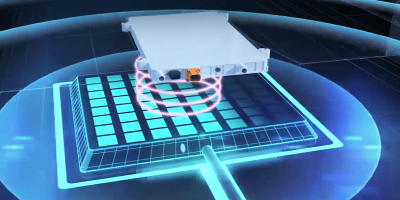
WiTricity & MIT sue Momentum Dynamics over patents
13.12.2020
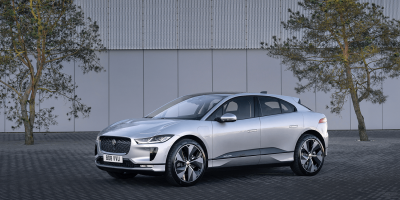
Inductive charging project starts test phase in Oslo
25.06.2020

Momentum Dynamics wireless charging for e-buses
23.06.2020
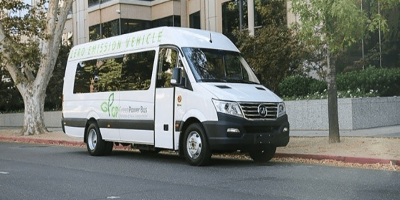
Cooperation for inductive charging of e-buses
27.03.2020
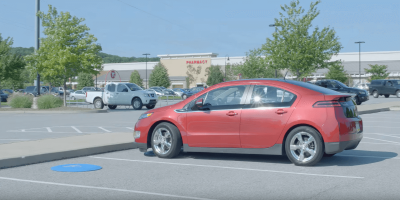
Oslo gets wireless fast-charging system for taxis
21.03.2019

Volvo invests in high power wireless charging
15.01.2019

Inductive 200 kW charging system for buses ready
19.04.2018

Momentum Dynamics, Fraunhofer ILT, Hyperloop, Komatsu.
18.04.2016

Momentum Dynamics, Formula Student, Cambridge Electronics, University of Vermont.
04.08.2015

Last commented